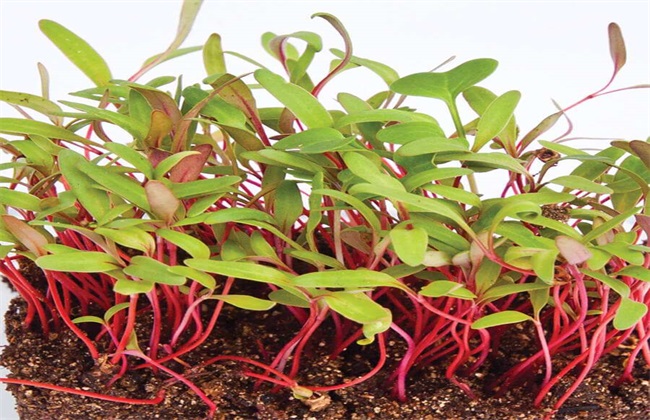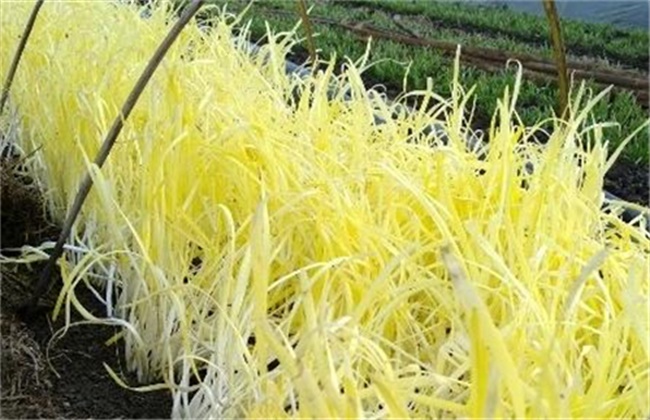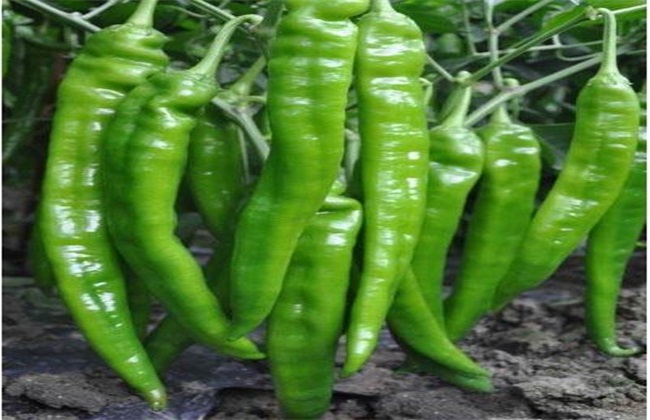Cultivation and Management techniques of Sugarbeet
Sugar beet is an important sugar crop in addition to sugarcane, and sugar beet leaves are good vegetables, generally biennial plants, and then some varieties of sugar beet leaves can be used as forage crops, is a good economic crop. So growing sugar beet is a good agricultural project. If you want to make sugar beet grow well, the key lies in the cultivation and management techniques that the article will focus on. Please read and understand.

1. Intermediate seedlings
Generally, sugar beets are sown evenly in the field, and the specific interval between seedlings is determined after sowing and emergence. Generally, about 5 cm seedlings can be planted between seedlings. Remove weak seedlings, sick seedlings, or seedlings. We should be more sparse to the seedlings in the dense areas. There are about 4000 seedlings per mu of land.
2. Weeding on cultivated land
After the seedlings should be ploughed once, the depth of the cultivated land is about 5 cm, and then the cultivated land should be ploughed every other week or two in the spare time, with a depth of about 4 cm. When ploughing, the weeds can be pulled out together and then concentrated and put into the field after they are rotten. Ploughing can reduce diseases and insect pests.
3. Irrigation
Brown spot disease is easy to occur when the humidity is high in the early stage of growth, so the early watering should be watered once a day 7 days after emergence, and once every two to three days after 7 days. It can be watered once a week after two weeks, depending on the soil water content. If it rains or the soil moisture is at 50%, you can not water it. A month later, we can rely on Rain Water. The soil is dry and watered once. Drought, timely watering at night, a small amount of anti-root cracking.
4. Fertilization
In the early stage of plant growth, some nitrogen fertilizer or compound fertilizer was mainly applied, and the main topdressing period was in the root expansion period. At this time, potassium dihydrogen phosphate was sprayed every half a month, 200 grams per mu. The main purpose is to ensure the nutrition needed for the normal expansion of the root. This kind of fertilization can also be applied farm manure, ditch application, 800 jin per mu, and then can maintain the nutrition of the whole plant during the whole expansion period, as well as some trace elements.
5. Harvest and storage
The temperature begins to be harvested at about 5 degrees, mainly harvesting tubers, be careful not to dig up the roots, and then clean them up and take them back in time after digging them out, not in the field. Harvest is best when there is no dew on a cloudy day. After harvest, the upper part of the root and the tail of the root need to be cut off. It can be kept fresh and stored in the field.
So much for the cultivation and management of sugar beet. Generally speaking, if you do a good job of the above content, you can increase your own yield and income, but you may need more specific and detailed management to be more effective. I won't say much here. Thank you for reading support, you can refer to learning.
Related
- Where is it suitable to grow horseradish in China? it is expected to see the middle altitude horseradish in Alishan.
- How to prevent tomato virus disease reasonably? (Control methods included)
- Many people like to plant towel gourd on the balcony. What are the main points of this method and management?
- What crops can chili peppers be mixed with?
- Fertilization techniques and matters needing attention in Tomato
- What are the grafting techniques for peach seedlings in spring?
- Harm and control methods of root swelling disease of Chinese cabbage
- What are the pests of sweet potatoes? How to prevent and cure it?
- Symptoms, causes and Control methods of navel Rot in Tomato
- The cause of "Cucumber rotten bibcock" in Farmers' planting Cucumber and its Control Plan



